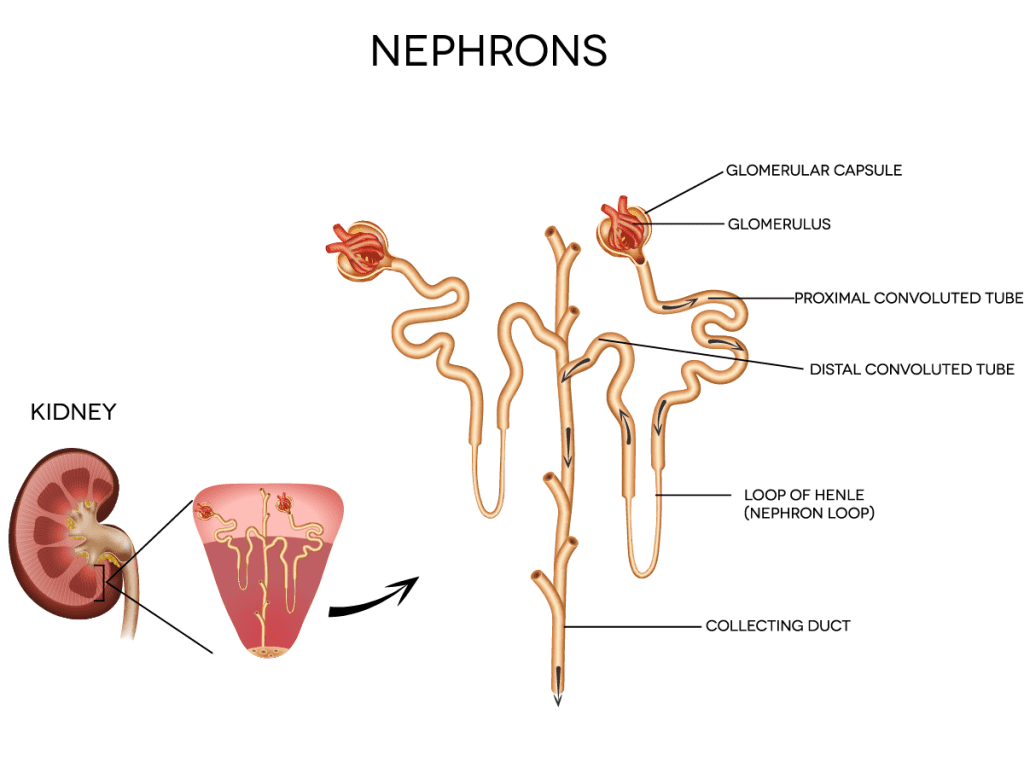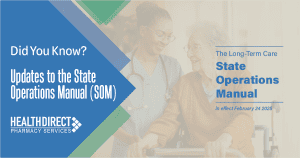Main Indications:
- Fluid retention in heart failure and kidney disease
- Hypertension
Special notes:
- The loop diuretics are more potent diuretics than thiazides, but less effective antihypertensives in most patients.1
- Loop diuretics are recommended over thiazides in patients with renal impairment (GFR < 30 ml/min) due to decreased efficacy of the thiazides in this patient population. However, a thiazide can be added to a loop to enhance diuresis.2
How Do They Work?
- Loop diuretics work in the loop of Henle in the kidney (Fig. 1). They reduce sodium reabsorption, which causes the elimination of water and sodium from the body.

Differences:
Bioavailability: A measure of the rate and fraction of the initial dose of a drug that successfully reaches either; the site of action or the bodily fluid domain from which the drug’s intended targets have unimpeded access3:
- Furosemide is 10-100% (varies from patient to patient)
- Bumetanide and Torsemide are both about 80-100 %
Half-life:
- Furosemide and Bumetanide 4-6 hours
- Torsemide has a much longer half-life, allowing for once daily dosing: ~12-16 hours
Equivalent Dosing4:
- Furosemide 40 mg=Torsemide 20 mg=Bumex 1 mg=Ethacrynic acid 50 mg
- Ethacrynic acid is a loop diuretic that can be used in those with a Sulfa allergy as it does not contain a sulfa group. This particular loop is more ototoxic than the other loop diuretics.
Monitoring:
- Electrolytes
- Diuretics can cause hypokalemia and potassium supplementation is often required. General rule: 20 mEq of potassium per 40 mg of Furosemide.
- Magnesium loss can also be seen and therefore should be checked at least annually
- Weights, blood pressure, and renal function should also be monitored
References:
- Cheng JW. Essential hypertension. In: Zeind CS, Carvalho MG. Koda-Kimble & Young’s Applied Therapeutics: the Clinical Use of Drugs. 11th ed. Philadelphia, PA: Lippincott Williams & Wilkins, 2018: 132-61.
- Singh H, Marrs JC. Heart failure. In: Zeind CS, Carvalho MG. Koda-Kimble & Young’s Applied Therapeutics: the Clinical Use of Drugs. 11th ed. Philadelphia, PA: Lippincott Williams & Wilkins, 2018: 261-305.
- Currie GM. Pharmacology, Part 2: Introduction to Pharmacokinetics. J Nucl Med Technol. 2018 Sep;46(3):221-230.
- Pham D, et al. Card Fail Rev 2017; 3:108-12.




